This article was co-authored by wikiHow Staff. Our trained team of editors and researchers validate articles for accuracy and comprehensiveness. wikiHow's Content Management Team carefully monitors the work from our editorial staff to ensure that each article is backed by trusted research and meets our high quality standards.
There are 17 references cited in this article, which can be found at the bottom of the page.
This article has been viewed 50,964 times.
Learn more...
The Lindy Hop is a type of 1920s swing dancing from Harlem, New York City. It is a fun, playful dance that is still popular in swing dancing communities today. To get started learning the Lindy Hop, practice as much as you can either alone or with a partner. Then work on learning the single-time framework to become confident with a few basic steps like the rock step and the triple step. If you’re up for a challenge, try out the double-time framework!
Steps
Learning Single-Time Framework
-
1Place your left foot back and keep your weight on your right foot. If you’re the lead, step back with your left foot. Keep the majority of your weight on your right foot and bend your right knee slightly. Make sure that only the toes of your left foot are on the ground, with your left heel pointing up.[1]
- Keep your back straight but leaning forward toward your partner slightly.
- The follow steps back with their right foot and keeps the weight in their left foot.[2]
-
2Bounce back on your left foot and then shift your weight onto your right. The rock step is all about shifting your weight from foot to foot as you step. While your right foot is forward and your left foot is back, quickly shift your weight to your left foot and bounce on it lightly. Then shift your weight back to your right foot again and lift your left foot up from the ground.[3]
- During this step, your weight starts and ends on your right foot.
- The follow bounces back on their right foot and then shifts their weight to their left foot.[4]
- This is called the rock step.
Advertisement -
3Step forward with your left foot and hop to transfer your weight. Bring your left foot forward to just in front of your right foot. Hop lightly onto your left foot to transfer your weight from your right foot to your left foot. With the majority of your weight now on your left foot, keep only the toes of your right foot on the ground and your heel pointed upward.[5]
-
4Step onto your right foot then back to your left to “walk” on the spot. Keep your feet in the same position with your left foot being slightly in front of your right foot. Then quickly place your whole right foot on the ground and shift your weight into it, before repeating the movement with your left foot. Aim to “walk” in place on the spot for 2 steps.[8]
- You’ll end the “walk” back on your left foot, just like how you started.
- The follow steps onto their left foot and then back to their right foot to “walk”.[9]
-
5Move back with your right foot and shift your weight back. After ending the “walk” with your weight on your left foot, step back slightly with your right foot. Push your weight back onto your right foot and keep your left foot flat on the ground. Hold this position for 1 count.[10]
- The follow moves back with their left foot.[11]
-
6Repeat this sequence to dance at a single-time framework. When you combine each of these movements, you are doing an entry-level Lindy Hop dance! Start slowly and work your way through each weight shift and foot change. Then combine each movement and get plenty of practice to learn the sequence in no time. You can speed up as your confidence grows.[12]
- The single-time framework is the easiest way to start learning basic Lindy Hop moves.
Learning Double-Time Framework
-
1Step back with your left foot and place your weight into your right foot. Bend your right knee as you step back with your left foot. Keep your weight in your right foot and the toes of your left foot lightly touching the ground. Make sure that your left leg is straight and that you are leaning forward slightly while keeping your back straight.[13]
- The follow steps back with their right foot and keeps their weight in their left foot.
-
2Kick your left foot forward as you bounce on your right foot. Calmly swing your left foot out from behind you to in front of your right foot. Keep your left leg slightly bent as you swing it. Bounce lightly on your right foot while you swing your left leg forward so that it looks like you’re hopping on your right leg.[14]
- Kick your right foot forward if you’re the follow.
- This is where the double-time framework becomes different from the single-time framework. The double-time framework is made up of the same steps, but it involves kicking and swinging your legs to dance at a faster pace.
-
3Land with your weight in your left leg. After you have swung your left leg out in front of you, drop your weight onto it as you land. Make sure that your left leg is slightly in front of your right and keep your left knee bent as you drop slightly. When all of your weight is on your left leg, bend your right knee and lift your whole right foot off the ground.[15]
- Keep your right foot behind you while it’s off the ground.
- Land with your weight in your right leg if you’re the follow.
-
4“Walk” on the spot by shifting your weight to your right leg and then back. Once you have landed smoothly on your left leg and lifted your right foot off the ground, step back slightly onto your right foot. Quickly bounce into your right foot and shift your weight down into this leg. Then bounce again and shift your weight back to your left foot.[16]
- If you’re the follow, “walk” by shifting your weight to your left leg and then back to your right.
- The "walk" is the same as the "walk" in the single-time framework, however, it's just done faster.
-
5Kick your right leg back and raise your left leg from the ground. This is the final weight shift in the double-time framework. Swing your right leg behind you and land with your right knee slightly bent. As you land, let all of your weight drop into your right leg in a bouncing motion. Then lift your left leg from the ground in front of you in a “kicking back” motion.[17]
- If you’re the follow, kick your left leg back and raise your right leg from the ground.
-
6Repeat these movements to dance the Lindy Hop to a double-time framework. Practice the stepping back, kicking forward, bouncing, walking, and kicking back sequence until you feel confident. Once you reach the end of the sequence, you can repeat it again by stepping back with your left foot and keeping your weight in your right foot. The sequence will get easier every time you practice it.[18]
- You can practice alone or with a partner.
Building Your Lindy Hop Skills
-
1Practice the Lindy Hop either alone or with a partner. While the Lindy Hop is usually performed with a partner, you can still get plenty of practice in by working solo! Practice as much as you can to learn the steps and to feel your confidence grow. If you want to see your progress, try dancing in front of a mirror or recording yourself as you practice.[19]
- If you don’t have a partner to dance with but you would like one, join your local swing dancing club to find someone else who needs a partner too.
-
2Mirror the lead if you’re the follow. The steps and positions for Lindy Hop moves tend to be the same for both the lead and the follow, however, they are simply performed in the opposite way. If the lead steps with the right foot, then the follow steps with the left foot and vice versa. This also means that if the lead steps back, the follow steps forward towards the lead.[20]
- The mirrored nature of the dance moves makes the Lindy Hop easier to learn from an experienced lead!
- Anyone can be the lead or the follow. Although the lead is often a man, there are no formal requirements to follow traditional gender stereotypes when dancing the Lindy Hop.[21]
-
3Stand close to your partner while you’re dancing and move with them. There are many different ways to dance the Lindy Hop with a partner, including next to each other in a side-by-side formation or with the lead in front and the follow behind. However, all that’s important for beginner dancers is to remember to move together. Stick close by your partner whether you are holding hands or you have your arms resting on each other's backs.[22]
- Try to remain flexible with your movements so that you and your partner look like you are dancing together instead of individually. This also helps your dancing to look more fluid.
References
- ↑ https://youtu.be/VjAoG3fgjkc?t=54
- ↑ https://youtu.be/91zYXDbdasU?t=28
- ↑ https://youtu.be/VjAoG3fgjkc?t=75
- ↑ https://youtu.be/91zYXDbdasU?t=28
- ↑ https://youtu.be/VjAoG3fgjkc?t=84
- ↑ https://youtu.be/91zYXDbdasU?t=28
- ↑ https://youtu.be/91zYXDbdasU?t=34
- ↑ https://youtu.be/VjAoG3fgjkc?t=99
- ↑ https://youtu.be/91zYXDbdasU?t=28
- ↑ https://youtu.be/VjAoG3fgjkc?t=105
- ↑ https://youtu.be/91zYXDbdasU?t=28
- ↑ https://youtu.be/VjAoG3fgjkc?t=113
- ↑ https://youtu.be/VjAoG3fgjkc?t=128
- ↑ https://youtu.be/VjAoG3fgjkc?t=129
- ↑ https://youtu.be/VjAoG3fgjkc?t=130
- ↑ https://youtu.be/VjAoG3fgjkc?t=130
- ↑ https://youtu.be/VjAoG3fgjkc?t=132
- ↑ https://youtu.be/VjAoG3fgjkc?t=135
- ↑ http://lindyhopmoves.com/
- ↑ https://youtu.be/VjAoG3fgjkc?t=69
- ↑ https://youtu.be/VjAoG3fgjkc?t=63
- ↑ https://youtu.be/91zYXDbdasU?t=63

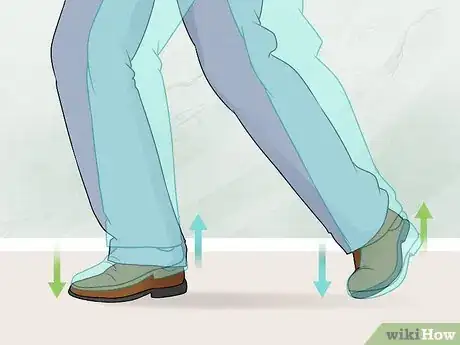
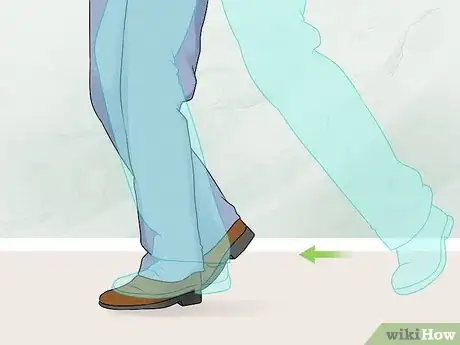
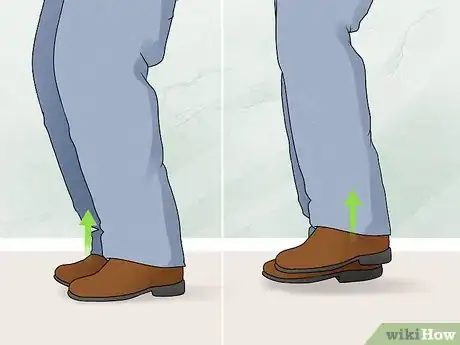
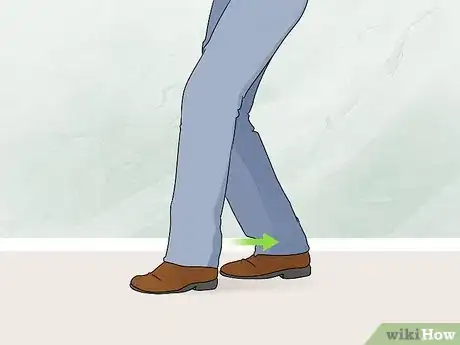
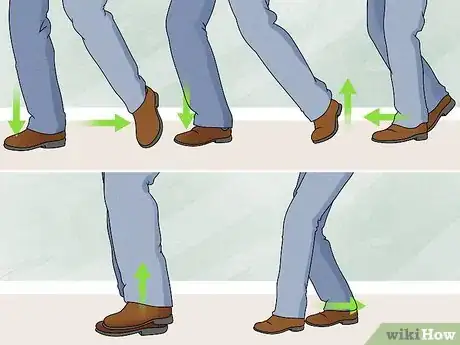
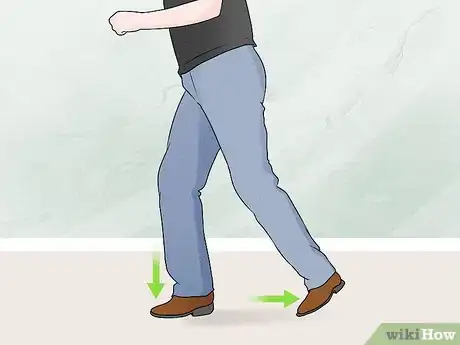
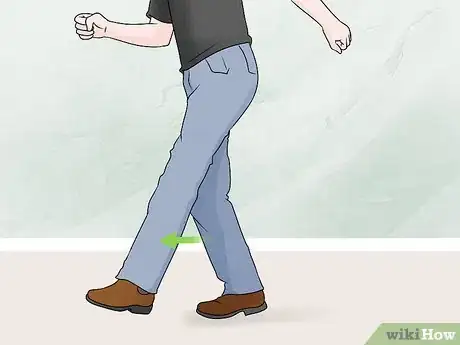
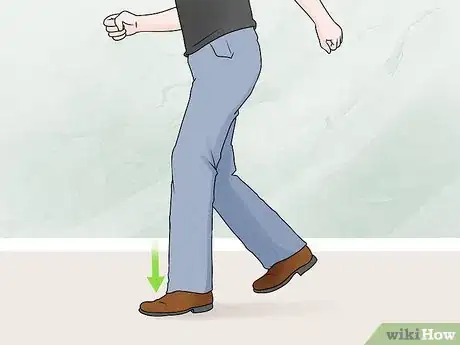
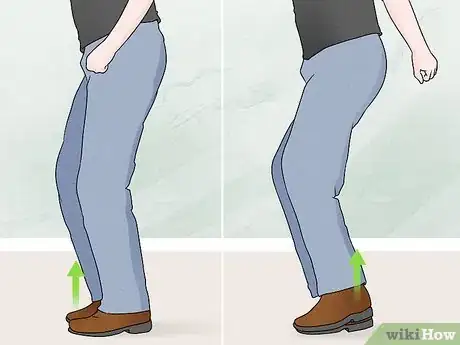
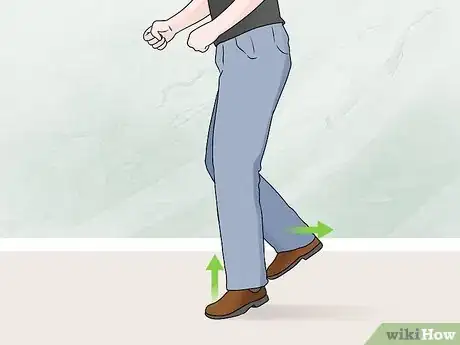
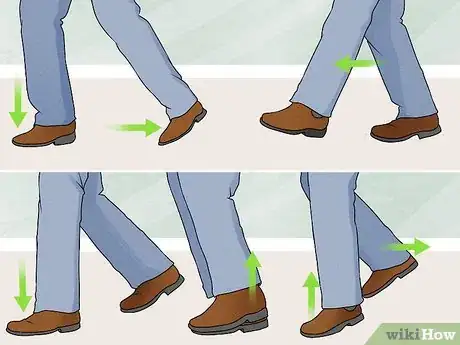
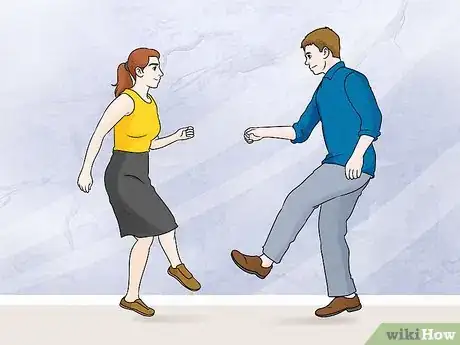
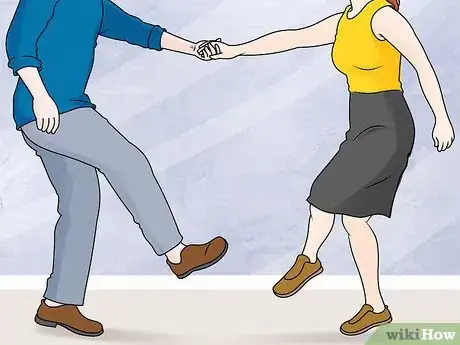
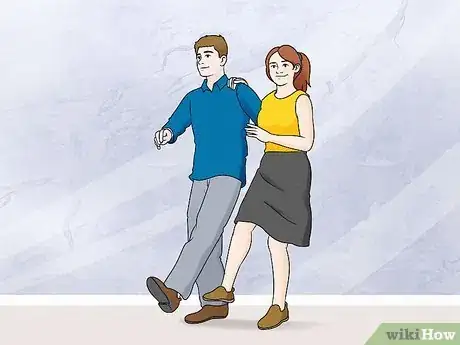
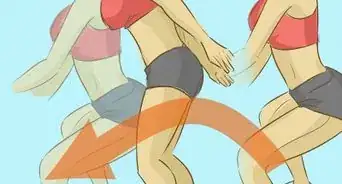

-Step-19-Version-2.webp)

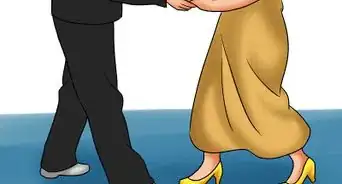
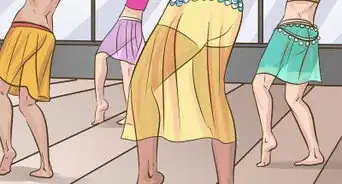
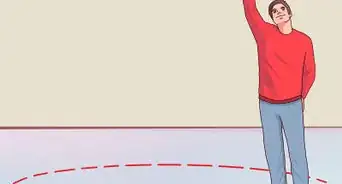














-Step-19-Version-2.webp)




































